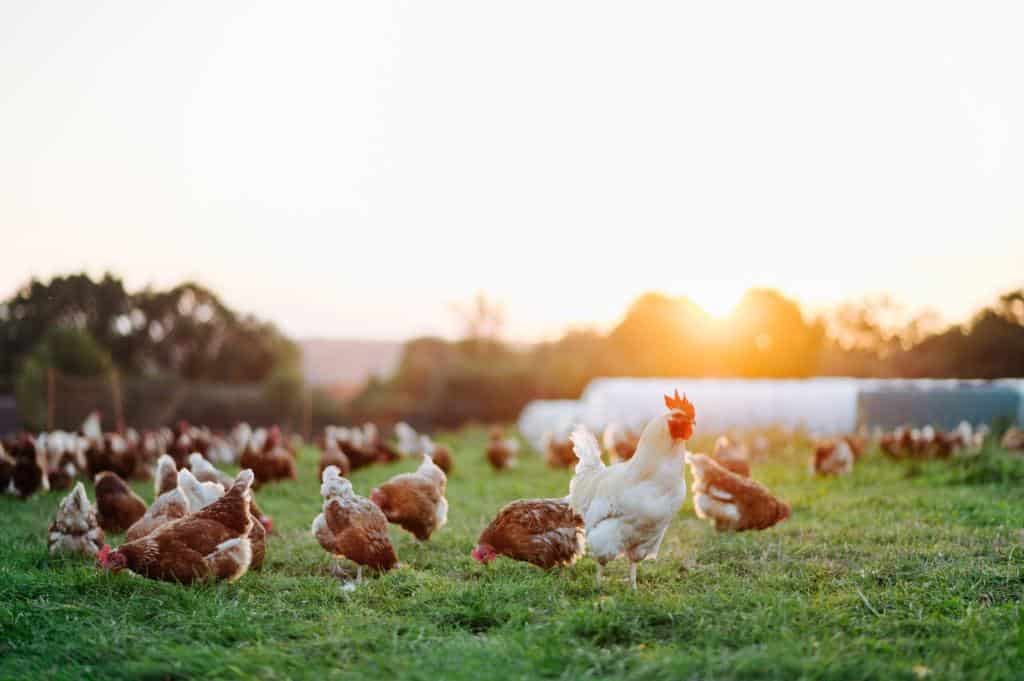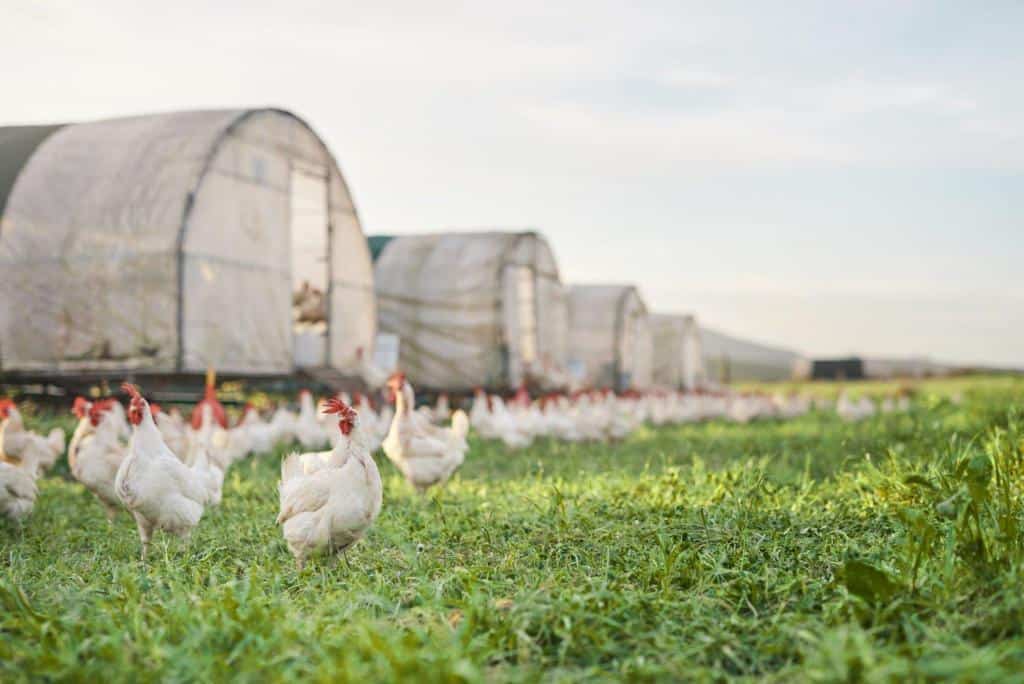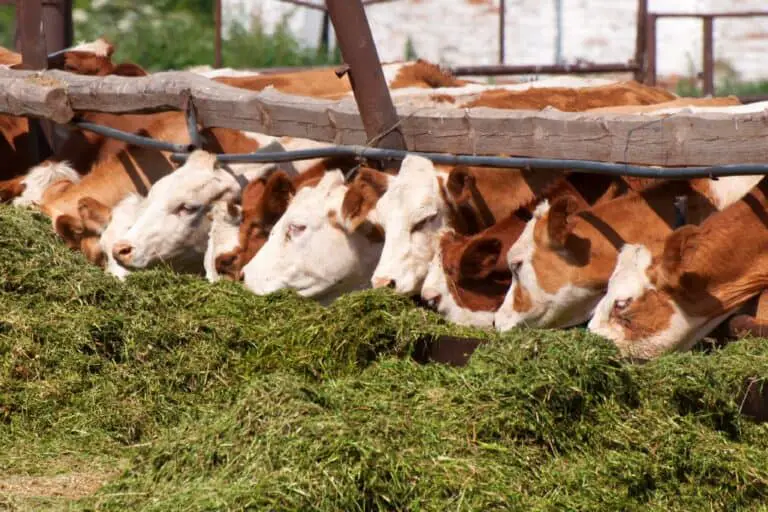Maximizing Profits: Determining the Ideal Number of Chickens for Your Farm

When I first dipped my toes into the world of poultry farming, I had one big question in mind: How many chickens do I need to turn a profit?
The answer, as I soon discovered, isn’t a one-size-fits-all number. It’s a delicate dance, a balancing act between costs, space, and how many eggs those feathered ladies can lay.
If you’re like me, wanting to make the most of every cluck and egg, then buckle up. Let’s dive into how you can determine the ideal number of chickens for your farm.
Starting Small and Scaling Up
When I began, I started small. It’s tempting to think, “More chickens, more money!” but that’s not always the case. Here’s why starting small worked for me:
- Lower Initial Costs: Fewer chickens mean less upfront cost for coops, feeders, and the chickens themselves.
- Learning Curve: Managing a small flock lets you get the hang of things without feeling overwhelmed.
- Quality Control: It’s easier to maintain the health and well-being of a smaller flock, ensuring your eggs are top-notch.
As I grew more confident, I started scaling up, gradually increasing my flock size as I learned the ropes. If you’re new to this, I’d recommend starting with about 10 to 20 chickens. It’s enough to give you a decent amount of eggs and experience without too much risk.
Crunching the Numbers: The Economics of Chickens

Let’s talk numbers. The key to profitability lies in understanding your costs and your potential revenue. Here’s a breakdown of the main costs to consider:
| Cost Type | Estimated Cost (Per Chicken Per Year) |
| Feed | $30 – $50 |
| Housing & Equipment | $10 – $20 |
| Healthcare & Vaccinations | $5 – $10 |
| Miscellaneous (Bedding, etc.) | $5 – $10 |
| Total Annual Cost | $50 – $90 |
Let’s say you’re spending about $70 per chicken each year. Now, each chicken lays around 250 eggs annually (give or take). If you’re selling those eggs at $3 per dozen, that’s around $62.50 per chicken in revenue.
Profit per Chicken = Revenue – Cost
Profit per Chicken = $62.50 – $70 = -$7.50
Wait a minute! Negative profit? Don’t freak out just yet. These are rough estimates, and several factors can swing the numbers in your favor.
Maximizing Profit: Where the Money Comes From
Here’s where the rubber meets the road. You want to maximize your profits, and to do that, you need to tweak a few things:
- Increase Egg Prices: If you can position your eggs as organic, free-range egg, or specialty, you can charge more. I’ve seen people sell eggs for $5 or even $7 a dozen. That makes a big difference.
- Reduce Costs: Buying feed in bulk, raising your own feed (like mealworms or kitchen scraps), and keeping chickens healthy can cut costs. For example, growing a small patch of corn or greens can offset feed costs.
- Diversify Income: Eggs aren’t the only thing chickens produce. I started selling chicken manure as fertilizer to local gardeners. Chickens also provide feathers, and eventually, meat if you’re raising dual-purpose breeds.
- Boost Egg Production: Some breeds lay more eggs than others. For instance, Leghorns are prolific layers, giving you more bang for your buck. Also, providing optimal living conditions, with enough light, space, and a balanced diet, keeps those hens laying.
| Read: Why Should You Not Buy Caged Eggs? |
Balancing Flock Size and Space
One of the most important lessons I learned is that more chickens don’t always mean more profit if they’re crammed into a small space. Chickens need space to roam, scratch, and just be chickens. Cramming too many birds together leads to stress, which can reduce egg production and lead to health problems.
Here’s a general guideline for space:
| Chicken Type | Indoor Space (Sq. Ft. Per Bird) | Outdoor Space (Sq. Ft. Per Bird) |
| Laying Hens | 2-3 sq. ft. | 8-10 sq. ft. |
| Broilers | 1-2 sq. ft. | 6-8 sq. ft. |
| Dual-Purpose Breeds | 3-4 sq. ft. | 10-12 sq. ft. |
Let’s say you’ve got a coop that’s 50 square feet and a yard that’s 200 square feet. You could comfortably house about 15 laying hens. If you try to cram in 30, you’ll likely see issues with pecking, reduced egg production, and increased disease.
Choosing the Right Breeds for Profit
Not all chickens are created equal. Some are egg-laying machines, while others are better suited for meat or dual purposes. Here are a few breeds I’ve had success with:
- Leghorns: These are the rock stars of egg production, laying up to 300 eggs a year. They’re lightweight, so they eat less, which saves on feed costs.
- Rhode Island Reds: These are versatile birds, good for both eggs and meat. They’re hardy and adapt well to different environments.
- Plymouth Rocks: Another dual-purpose breed, they lay around 200 eggs a year and are good for meat as well.
- Australorps: Known for their gentle nature, they’re excellent layers, producing around 250 eggs a year.
Choosing the right breed depends on your goals. If you’re aiming solely for egg production, go for high-yielding breeds like Leghorns. If you want a mix of eggs and meat, dual-purpose breeds like Rhode Island Reds or Plymouth Rocks might be your best bet.
The Role of Marketing: Selling Your Eggs
You might think, “If I’ve got the eggs, they’ll sell themselves.” Not quite. Marketing plays a huge role in how much profit you can make. Here’s what worked for me:
- Local Farmers’ Markets: People love buying fresh, local eggs. Setting up a stand at a farmers’ market is a great way to sell directly to customers.
- CSA (Community Supported Agriculture): Partnering with local farms that offer CSA boxes can be a consistent revenue stream. They buy your eggs in bulk and distribute them to their customers.
- Social Media: Don’t underestimate the power of social media. Posting pictures of your hens, their eggs, and how you care for them can build a loyal customer base. People love knowing where their food comes from.
- Local Stores and Restaurants: Some local stores and farm-to-table restaurants are happy to stock and serve local eggs. It takes a bit of legwork to get those connections, but it’s worth it.
Scaling Up: When and How
Once you’ve got a handle on things, you might consider scaling up. But when is the right time? Here’s how I decided:
- Consistent Demand: If you’ve got a steady stream of customers who are regularly buying your eggs, it might be time to add more chickens.
- Efficient Systems: If you’ve streamlined your operations—feeding, cleaning, and egg collection—scaling up won’t feel like a burden.
- Available Space: Ensure you have enough space to house more chickens without compromising their well-being.
When I scaled up, I added another 10 chickens at a time, making sure I had the infrastructure to support them before going further. It’s important to scale gradually so you don’t stretch yourself too thin.
Final Thoughts: Finding the Right Balance
Farming is like baking a cake—you need the right mix of ingredients. The same goes for determining the ideal number of chickens for your farm. Start small, get a feel for the business, and then gradually increase your flock as you see fit. Keep a close eye on your costs, find ways to increase your revenue, and always remember that happy, healthy chickens lay the best eggs.
By balancing the number of chickens with your space, costs, and market demand, you can turn your farm into a profitable venture. It’s not just about the numbers—it’s about creating a sustainable, enjoyable, and profitable farming experience. And let me tell you, there’s nothing quite like the satisfaction of seeing your hard work pay off in the form of fresh eggs and a thriving farm.






